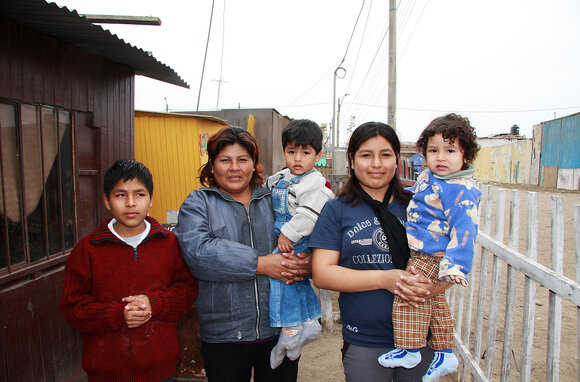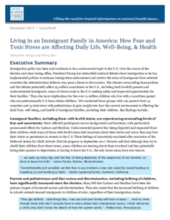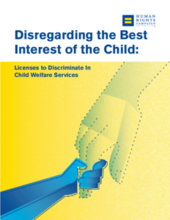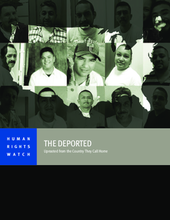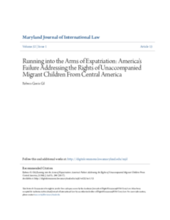This page contains documents and other resources related to children's care in the Americas. Browse resources by region, country, or category.
Displaying 991 - 1000 of 1438
The objective of this study is to examine suicide attempts and completions among mothers who had a child taken into care by child protection services (CPS).
This study examines the causal effect of CPS involvement on the likelihood of future maltreatment using administrative case management records from July 1, 2010 and June 30, 2011.
The authors of this study conducted focus groups with 100 parents from 15 countries and 13 interviews with pediatricians to gain insight into how the current political environment in the United States is affecting the daily lives, well-being, and health of immigrant families, including their children.
This study is the first attempt to integrate maltreatment risk, detection, pathways through the child welfare system, and consequences in a comprehensive quantitative model that can be used to simulate the impact of policy changes.
This brief from the Human Rights Campaign explains why US state laws allowing taxpayer-funded child welfare programs (adoption and foster care services) to discriminate against LGBTQ parents, carers and children is not in the best interests of children.
This report sets forth the 2017 official data on immigration arrests and deportations and details the often-wrenching human impact of Trump’s policies on undocumented immigrants, their families, and their US communities.
This formative, exploratory study utilizes focus groups and in-depth interviews to understand foster youth perceptions of healthy and unhealthy dating relationships through a social learning theory lens.
With a sample of 246 youth from a non-profit organization's summer camp program, Camp To Belong, this study examined the association between a warm sibling relationship and resilience for youth in foster care.
This Note focuses on an Advisory Opinion issued by the InterAmerican Court of Human Rights (“the Court”) regarding the rights and guarantees of migrant children and their need for international protection.
Working collaboratively with two state associations and their member (nonprofit) agencies providing out-of-home care to children and youth, University researchers conducted a multi-site project to examine whether there were any differences in individual child-level outcomes between children placed in residential group care and those placed in foster.

